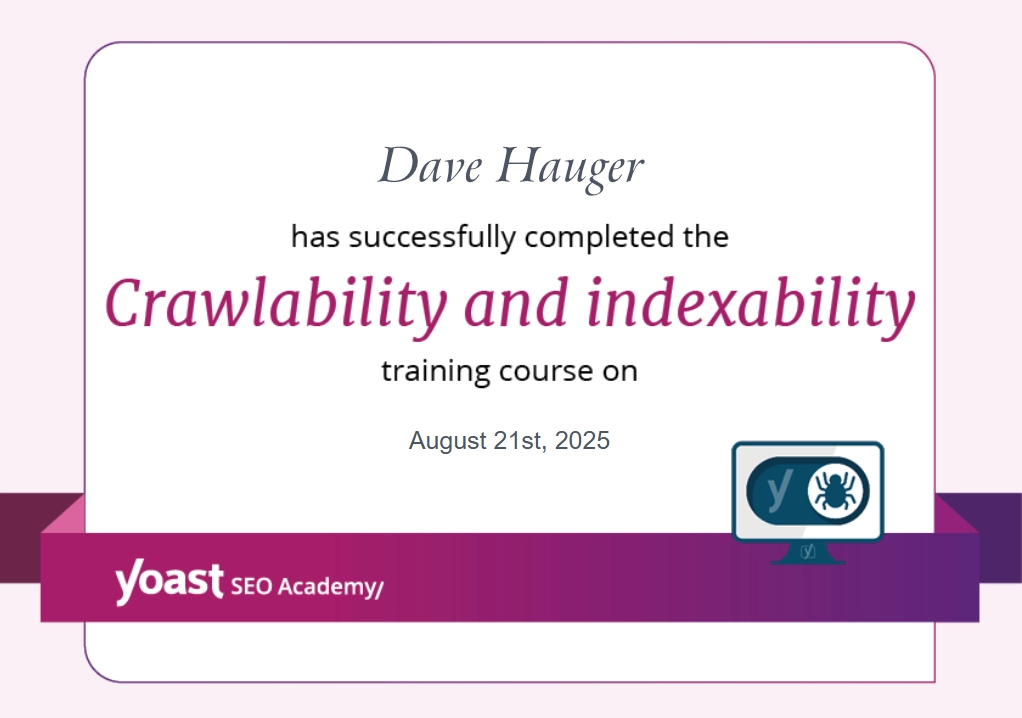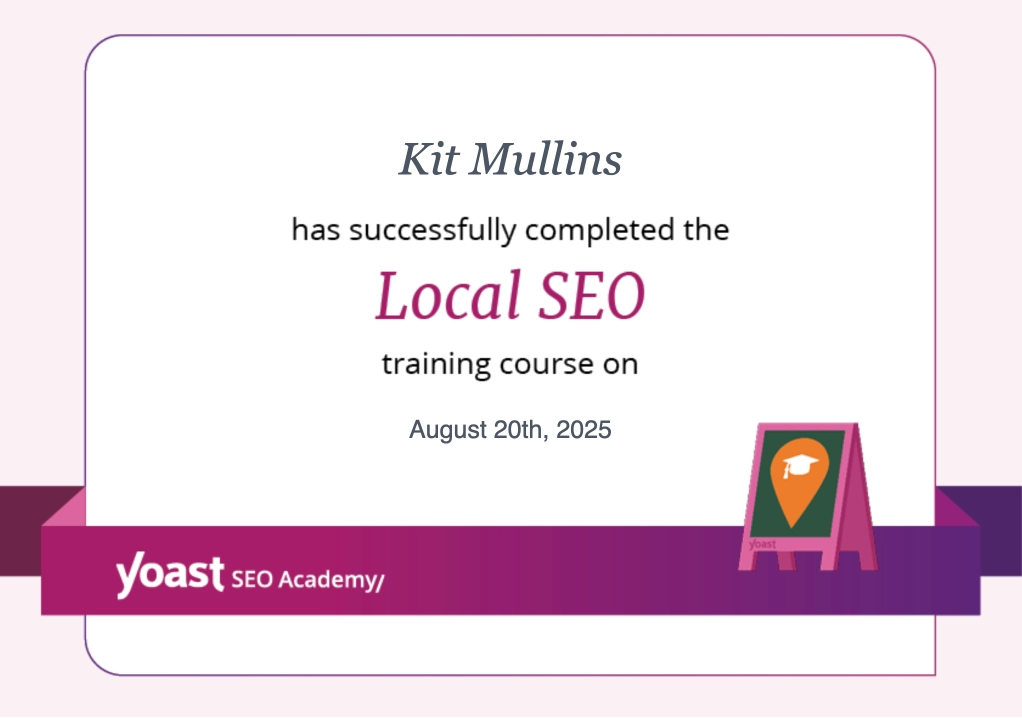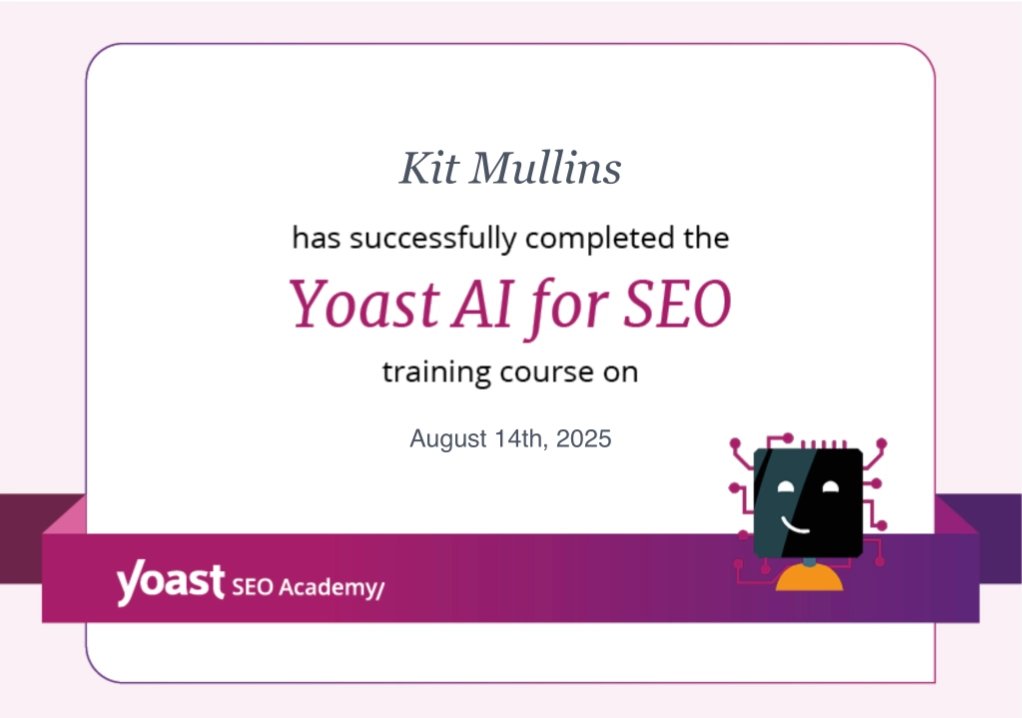How to Create Buzz for Your Product Launch: A Step-by-Step Guide
Launching a new product can be an exciting but challenging endeavor. In today’s highly competitive market, capturing the attention of your target audience and creating buzz around your product is essential for a successful launch. Fortunately, you can generate excitement and anticipation and drive sales with the right strategies and tactics. This step-by-step guide will walk you through practical techniques to create buzz for your product launch plan, helping you maximize your chances of success.
From building anticipation to leveraging digital marketing channels, we will explore various methods to make your product launch memorable and impactful. By following these steps, you’ll be able to generate curiosity, engage your audience, and create a buzz that propels your new product to success.
Understanding Your Target Audience
Understanding your target audience is a fundamental aspect of effective marketing. In short, it involves gaining deep insights into the demographics, interests, preferences, and behavior of the people most likely to be interested in your product or service. By understanding your target audience, you can tailor your marketing strategies and messages to resonate with them and ultimately drive better results.
To begin understanding your target audience, conducting thorough research is essential. First start by analyzing demographic data such as age, gender, location, and income level. This information helps you paint a clear picture of your potential customers and allows you to segment your audience accordingly. Semrush offers a free Go-to Audience Research Tool that you can try for free. “Discover new business opportunities by analyzing your market and competitor audiences.”
In addition to demographics, delve into the psychographics of your target audience. Psychographics encompass their lifestyle, attitudes, values, motivations, and interests. This psychographic information is beneficial for developing messages and positioning your product to align with their aspirations and needs.
Developing a Compelling Brand Story
Developing a compelling brand story is crucial to building a solid and memorable brand identity. With this in mind, a brand story goes beyond product features and benefits—it encompasses the narrative, values, and emotions that connect with your audience on a deeper level. By crafting a compelling brand story, you can differentiate your brand, build trust, and establish an emotional connection with your target audience.
To develop a compelling brand story, start by understanding the essence of your brand. Reflect on your brand’s mission, vision, and values. What sets your brand apart? What is the core message you want to convey? This self-reflection helps you define the unique aspects of your brand and lays the foundation for your brand story.
One practical approach to developing your brand story is to use storytelling techniques. For example, craft a narrative that engages your audience and takes them on a journey. This narrative can revolve around the origins of your brand, the passion, and dedication behind its creation, or the positive impact it aims to make in the world. Weave in personal anecdotes, emotions, and relatable characters to make your brand story more compelling and memorable.
Incorporate your brand story into various marketing materials and communication channels. This includes your website, social media profiles, packaging, advertising campaigns, and customer interactions. Consistently communicate your brand story to create a cohesive and memorable brand experience for your audience.
Utilizing Social Media Platforms
Utilizing social media platforms is a crucial aspect of modern marketing strategies. Social media offers many opportunities to connect, engage, and build relationships with your target audience. By effectively leveraging social media, you can increase brand awareness, drive website traffic, generate leads, and foster customer loyalty. Furthermore, if your audience is your local market, consider these tips for social media to reach local.
One of the key benefits of utilizing social media platforms is the ability to reach a large and diverse audience. Platforms like Facebook, Instagram, Twitter, LinkedIn, and YouTube have billions of active users representing various demographics and interests. You can strategically position your brand and engage with your potential customers by identifying the networks where your target audience is most active.
Social media provides an avenue for direct interaction and engagement with your audience. It lets you have real-time conversations, respond to inquiries, and promptly address customer feedback. This two-way communication fosters trust, builds brand loyalty and humanizes your brand.
As mentioned, utilize various social media features and tools to enhance your reach and engagement. These include hashtags, polls, contests, stories, live videos, and influencer collaborations. Experiment with different formats and track the performance of your content to identify what resonates most with your audience.To

Leveraging Influencer Marketing
Leveraging influencer marketing has become a popular and effective strategy for brands to reach and engage with their target audience. Influencers are individuals with a significant following and influence on social media platforms. By partnering with influencers, brands can tap into their reach, credibility, and authenticity to promote their products or services.
Influencer marketing offers several benefits for brands. First and foremost, influencers have established trust and rapport with their followers. Their recommendations and endorsements carry weight and are perceived as more genuine and reliable than traditional advertisements. By collaborating with influencers, brands can leverage this trust and tap into a ready-made audience receptive to their message.
Influencers also can create authentic and relatable content that resonates with their audience. Clearly, they understand their followers’ interests, preferences, and pain points. By aligning your brand with an influencer whose values and niche align with your target audience, you can create content that feels organic and engages your target customers meaningfully.
One of the critical advantages of influencer marketing is the ability to reach niche or specific target markets. Influencers specialize in various niches, such as beauty, fitness, fashion, travel, parenting, and more. By partnering with influencers in your industry or niche, you can ensure that your message reaches the right audience, increasing the chances of conversion and brand affinity.
Implementing Search Engine Optimization (SEO)
Implementing Search Engine Optimization (SEO) is essential for improving your website’s visibility and organic ranking in search engine results pages. SEO involves optimizing various aspects of your website and its content to make it more appealing to search engines like Google, Bing, and Yahoo. Implementing effective SEO strategies can attract more organic traffic, increase your website’s authority, and enhance your online presence.
Additionally, high-quality and relevant content is a crucial factor in SEO success. Develop unique and informative content that addresses the needs and interests of your target audience. Incorporate your target keywords naturally within your content, but avoid keyword stuffing, which can lead to penalties from search engines. Regularly update and optimize your content to keep it fresh and engaging.
Link building is an important off-page SEO strategy. Aim to acquire high-quality backlinks from reputable websites in your industry. These backlinks act as a vote of confidence for your website and can improve your search engine rankings. Focus on building relationships, creating valuable content, and promoting your website to attract natural backlinks.
User experience plays a significant role in SEO. Ensure that your website is mobile-friendly, responsive, and easy to navigate. Optimize for fast loading times and provide a seamless browsing experience across different devices. Search engines prioritize websites that offer a positive user experience.
Encouraging User-generated Content
There are several benefits to encouraging user-generated content. First and foremost, it adds an authentic and genuine touch to your brand. UGC is created by customers who have experienced your products or services, making it highly relatable and trustworthy. It helps build social proof and enhances the credibility of your brand.
UGC also fosters engagement and interaction with your audience. Encouraging users to share their experiences and opinions creates a sense of belonging and community around your brand. This engagement strengthens the relationship between your brand and customers, increasing loyalty and advocacy.
To encourage user-generated content, provide opportunities and incentives for your audience to share their experiences. This can be done through social media campaigns, contests, challenges, or giveaways. Encourage customers to share photos or videos of themselves using your products or services and ask for feedback and reviews. By offering incentives such as discounts, exclusive access, or recognition, you motivate your audience to participate and create UGC.
Building a Pre-launch Email List
There are several benefits to building a pre-launch email list. Firstly, it allows you to create a direct line of communication with potential customers who have already shown interest in your offer. By collecting their email addresses, you have permission to reach out to them and keep them informed about the progress of your launch. This helps build anticipation and keeps your brand top-of-mind.
A pre-launch email list also enables you to gather valuable insights and feedback from your audience. You can send surveys, polls, or questionnaires to understand their preferences, pain points, and expectations. This information can fine-tune your product or service and tailor your marketing messaging to better resonate with your target audience.
STRATEGIES TO BUILD A PRE-LAUNCH EMAIL LIST
To build a pre-launch email list effectively, consider the following seven strategies:
- Create a Dedicated Landing Page – Design a visually appealing landing page highlighting your upcoming launch’s benefits and unique selling points. Offer a compelling incentive, such as exclusive content, early access, or a discount, in exchange for visitors’ email addresses.
- Optimize Your Website – Incorporate email sign-up forms in prominent locations across your website, including the homepage, blog, and relevant product or service pages. Use enticing calls to action to encourage visitors to subscribe.
- Leverage Social Media – Promote your pre-launch email list on your social media profiles to capture your followers’ attention. Create engaging posts that convey the value they will receive by joining the list and provide a clear call to action to sign up.
- Guest Blogging and Partnerships – Collaborate with influencers or industry experts to create guest blog posts or co-marketing initiatives. Include a call to action within these collaborations to drive interested readers to join your pre-launch email list.
- Offer Valuable Content – Create high-quality content, such as e-books, guides, or exclusive videos, that align with the interests and needs of your target audience. Offer these resources in exchange for email sign-ups.
- Run Contests or Giveaways – Organize contests or giveaways where participants must enter their email addresses to win. Ensure that the prize is attractive and relevant to your target audience.
- Utilize Paid Advertising – Allocate a portion of your marketing budget to targeted online advertising campaigns. Use platforms like Google Ads or social media ads to reach a wider audience and drive traffic to your landing page.

Partnering with Complementary Brands
Partnering with complementary brands is a strategic approach that can benefit your business in various ways. When you collaborate with brands with a similar target audience or complementary products or services, you can unlock new growth opportunities, expand your reach, and create mutually beneficial relationships.
Collaborating with complementary brands allows you to leverage each other’s strengths and resources. You can combine your expertise and knowledge and help to create innovative solutions or offer enhanced value to your shared audience. For example, a fitness equipment brand could partner with a nutrition brand to provide customers with a comprehensive health and wellness package.
Partnerships with complementary brands can also lead to cost-effective marketing initiatives. By pooling your marketing budgets, you can create impactful joint marketing campaigns, share advertising costs, and reach a wider audience without stretching your resources too thin. This can include co-branded content, collaborative social media campaigns, or cross-promotion of each other’s products or services.
Moreover, partnering with complementary brands can enhance your brand’s credibility and reputation. Associating your brand with other respected and established brands in your industry builds trust and reinforces your expertise. Customers may view your partnership as a stamp of approval, leading to increased confidence in your brand and offerings.
Offering Exclusive Pre-order Incentives
One of the key advantages of offering exclusive pre-order incentives is the ability to reward early adopters. Giving them access to special offers, discounts, or exclusive bonuses creates a sense of exclusivity and makes customers feel valued. This can increase their motivation to purchase and strengthen their loyalty to your brand.
Exclusive pre-order incentives also create a sense of urgency. By setting a limited-time offer for pre-orders, you create a deadline that compels customers to take action and purchase before it’s too late. This urgency can significantly increase conversion rates and drive more sales during the pre-launch phase.
IDEAS FOR INCENTIVES
These incentives can take various forms, depending on your product or service. They may include:
- Discounts – Offer a discounted price for pre-order customers, giving them a financial incentive to commit early.
- Exclusive Content or Access – Provide exclusive access to additional content, features, or services available to pre-order customers. This can include early access to new features, bonus content, or special privileges.
- Limited Edition or Bonus Items – Offer limited edition or exclusive bonus items as a reward for pre-ordering. These could be physical items, digital downloads, or additional products or services that complement the primary offering.
- Personalization or Customization – Allow customers to personalize or customize their purchases as a pre-order incentive. This can create a unique, tailored experience that adds value and enhances customer satisfaction.
- Free Upgrades or Enhancements – Provide free upgrades or enhancements to the pre-order customers, such as a higher-tier product version, additional features, or extended warranties.
To effectively promote your exclusive pre-order incentives, utilize various marketing channels. Create dedicated landing pages on your website highlighting the benefits and details of the pre-order incentives. Use email marketing campaigns, social media posts, and targeted advertising to reach your audience and create awareness about the limited-time offer. Leverage influencers or brand advocates to amplify the message and generate buzz around the pre-order incentives.
It’s crucial to communicate the terms and conditions of the pre-order incentives, including the pre-order period, delivery timelines, and any other relevant information. Ensure that the process for pre-ordering is seamless, user-friendly, and secure to provide a positive customer experience.

Monitoring and Analyzing Results
Monitoring and analyzing results is a crucial part of any business strategy. It allows you to assess the effectiveness of your efforts, make data-driven decisions, and optimize your performance. Whether it’s measuring the success of a marketing campaign, evaluating a website’s performance, or tracking the impact of new initiatives, monitoring and analyzing results provides valuable insights that can drive future success.
One of the main reasons for monitoring and analyzing results is to measure progress toward your goals. By setting specific, measurable objectives, you can track key performance indicators (KPIs) and determine whether you’re on track or need adjustments. This helps you stay focused, identify areas for improvement, and ensure that you’re moving in the right direction.
Monitoring and analyzing results also enable you to identify trends and patterns. Collecting and analyzing data over time can uncover valuable insights about customer behavior, market trends, or the effectiveness of different strategies. This information can inform future decision-making and help you make informed choices to optimize your business operations.
Conclusion
Creating buzz for your product launch is essential to capture the attention of your target audience and ensure a successful debut. Following this step-by-step guide can effectively build anticipation, engage your audience, and generate excitement around your product. Remember to tailor your strategies to align with your target audience, leverage various marketing channels, and track your results to optimize your approach continuously.






